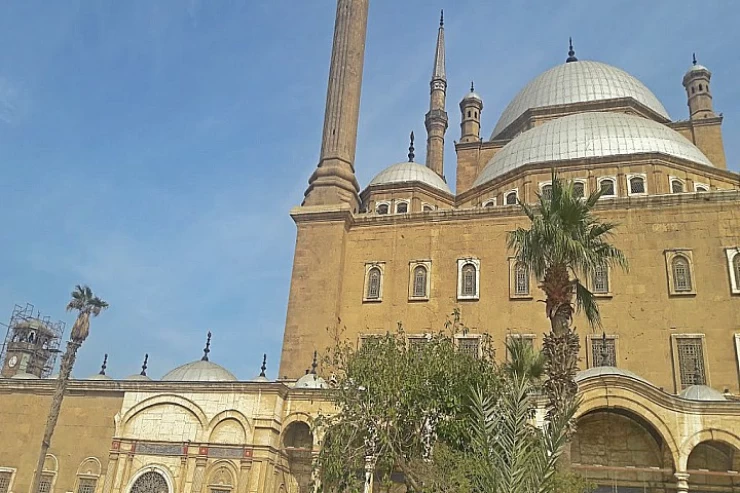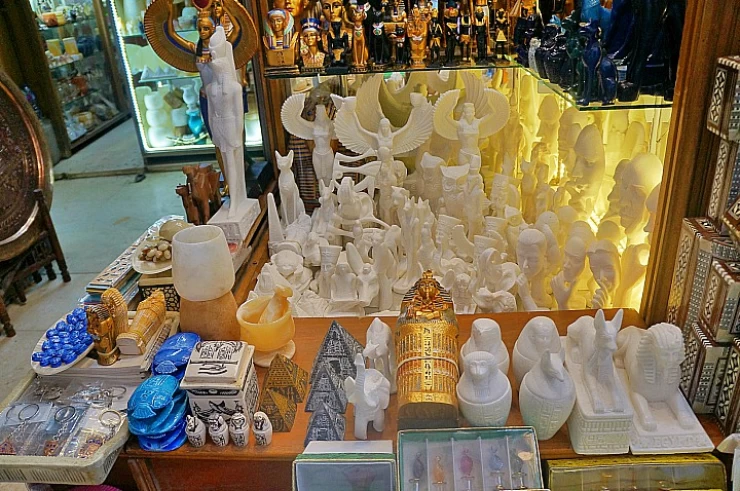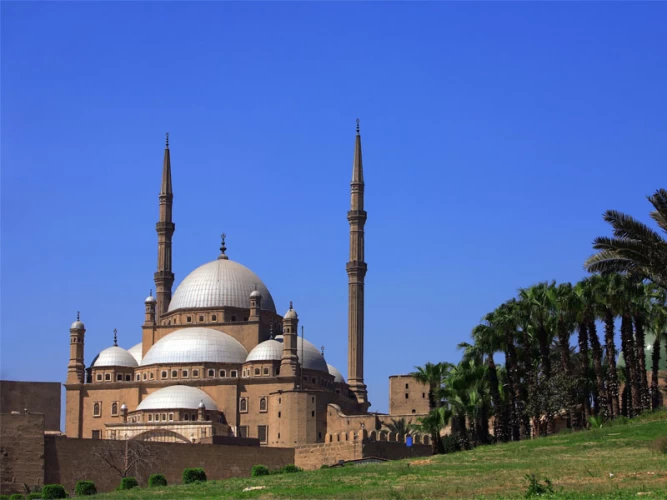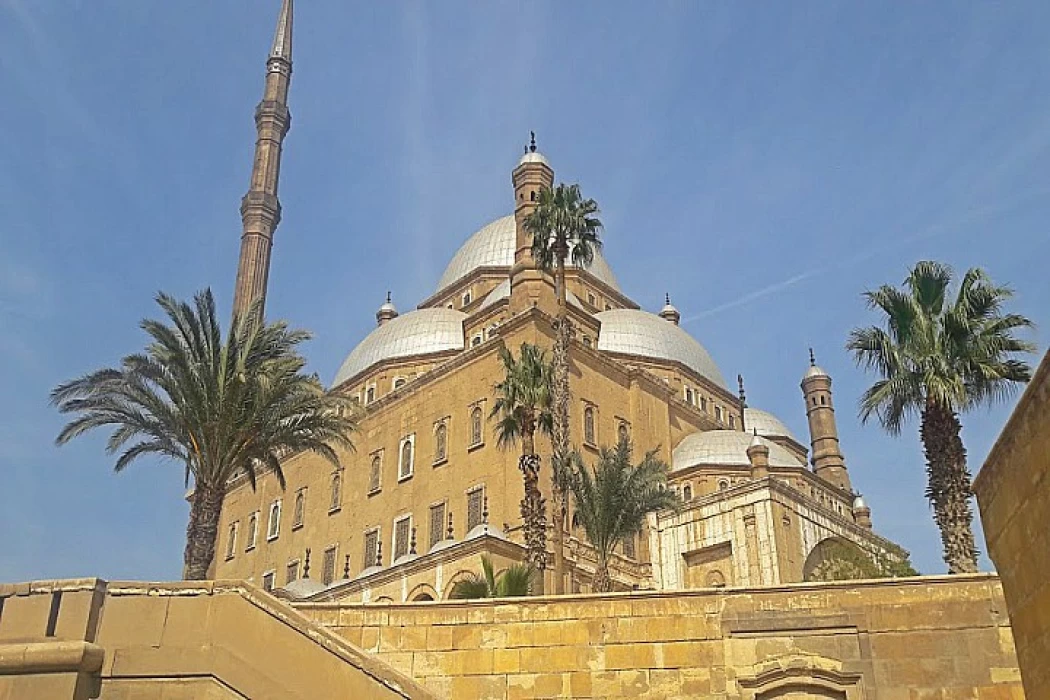
Salah El Din Citadel | Citadel in Cairo
Salah al-Din citadel
It was constructed by the founder of the Ayyubid state, Salah al-Din al-Ayyubi, in 1176 AD as the bridge between the central cities of the Egyptian capital, Cairo and Fustat, which he surrounded by one wall, so the castle was the throbbing heart of them, but fate did not give him time to see the completion of his work to defend Egypt from any Crusader invasion, and the task was completed during the rule of Sultan al-Kamil.
Historical highlights
The castle witnessed violent historical incidents where sultans were crowned and others massacred, and from there armies were dispatched to liberate the Levant from the Crusaders and to capture Cyprus and others, and witnessed the demise of the Mamluk state, Ottoman Caliphate rule of Egypt, and the establishment of the Muhammad Ali state. This is Cairo's Citadel of Saladin, whose secrets are yet to be revealed until this day, although it has wealth and treasures and artifacts unrivaled by any other castle in the world.
The castle occupies a rocky hillock of Mokattam Mountain, and its construction was supervised by Baha al-Din Qaraqosh. The castle was divided into two parts: the northern part, which is called the "fortress" or "the ruling part," and is utilized as a military garrison, surrounded by walls from the north and east sides, and contains round and square towers, the first of which was constructed during the time of Salah al-Din and the second constructed by al-Adil, and the southwestern part of the castle was allocated to the Palace of Government and the governor's residence.
Citadel Towers
The towers built during the reign of Sultan Salah al-Din are distinguished by almost perfect semicircles, which were introduced later during the rule of al-Adil. The towers built during the rule of King al-Adil are square and straight and are characterized by the fact that each one of them has several floors with rooms and openings (mazagal) for arrow shooting.
El Hadad tower
Al-Haddad Tower is one of the most familiar towers of Salah al-Din Citadel, located near its sister tower, the Ramla Tower. It was built during the reign of Sultan Salah al-Din al-Ayyubi (567-589 AH / 1171-1193 AD), stone-constructed, diameter 22 meters, and height 21.70 meters. Its first design was semi-circular in shape and altered to semi-circular following adjustments and additions made by King al-Adil (596-615 AH / 1200-1218 AD).
It is two-storied and has been the subject of a series of changes and additions; its original interior design was restricted to a vaulted central zone ending in three mazghal (archery slots). With the additions of King al-Adil, the rooms were converted into entrances, leading into a semicircular corridor that leads into five rectangular vaulted rooms ending in openings in the outer walls of the tower on both the ground and upper floors. The outer walls also featured projections, which were protruding windows used to throw liquid materials at the heads of attackers from above.
Ramlah tower
This tower measures about 20.80 meters high and is made of stone in a half-circular way with a diameter of 18 meters. There are two stories, each a central hall which opens into three rooms that lead to latrines, the narrow openings to the outside but wide openings from the inside, for the function of shooting arrows and spears.
The tower was extended during King al-Adil's rule (596-615 AH / 1200-1218 AD), where the arms of the halls were transformed into door openings to rectangular rooms with vault coverings, and each room ended with an opening (mazghal). Between Ramla Tower and Haddad Tower, there is a corridor with guard entrances, and each entrance contains a mazghal opening.
The idea of building the citadel arose to be the center of ruling Egypt; the citadel witnessed various events through centuries for being the headquarters of the rulers. The citadel is one of the most prominent sights in Islamic Cairo. It witnessed the formation of one of the most powerful armies in the Middle Ages. According to the future vision of Saladin, the citadel will be the centerpiece and the heart of the Egyptian government.
He was ambitious about forming a belt of walls surrounding Cairo and El Fustat to be a massive military territory. Secondly, Saladin was thinking about protecting the city from any potential foreign attack due to the advantage of being at one of the highest points in Cairo. One of the top activities in Cairo during the Egypt Christmas tours is visiting the Saladin Citadel, which offers you a panoramic view of the huge city of Cairo.
The strategic reality of the Saladin Citadel's location on the Mokattam Hills served as an advantage, which provided a favorable view of Cairo and facilitated the watch of any army coming nearer. The place was also picked for an important reason; it was quiet, standing somewhere high, hard for enemies to reach, as well as able to see all the easy directions for entering the area. Saladin constructed the citadel with the hope that it alone did not exist in a vacuum but rather formed part of a bigger defense system, which comprised walls around the city of Cairo and the city of Fustat.
The terraces of Saladin Citadel allow enjoying a bird's-eye viewpoint of Cairo. The citadel complex is also able to take one on a journey as the legacies of different rulers who shaped the architecture and design of the citadel are explored by any visitor. The citadel is also preferred by tourists, where they can fully understand history and architecture related to Islamic art. In addition to that, tourists enjoy visiting the citadel on a day tour to Cairo or on an Egypt Christmas tour, which is usually combined with visits to other historic places in Islamic Cairo. Saladin Citadel is, as much as it is a segment of Egypt’s military and political past, an art piece that has incorporated the vibrant aspects of Islamic art. This ensures that it is always on the tourist’s itinerary since the history of Egypt is long and thick.
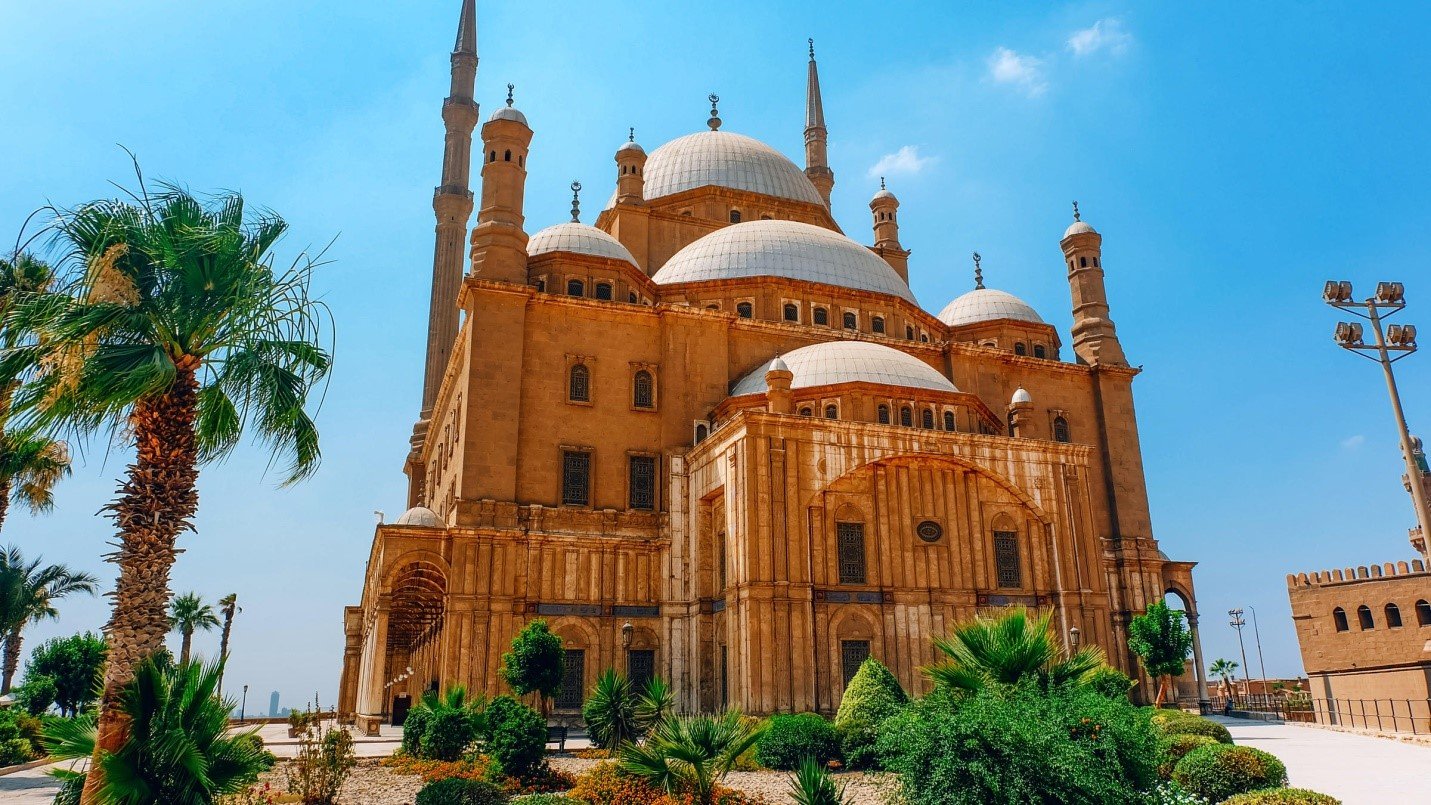
Salah Al-Din Al-Ayyubi Castle contains 4 mosques; they are Muhammad Ali Mosque, Madrasa of Al-Nasir Qalawun, and Mosque of Sulaiman Pasha Al-Khadi. The visit to the citadel will allow you to live a new experience with the art of Islamic architecture. The castle includes a military museum, a vehicle museum, and the Garden Museum, which makes the tour to the citadel one of the best tours besides Nile cruise tours because of the unique artifacts and the pieces of art.

The castle encompasses four gates, one of the gates known as “the gate of the mountain” for being on the hills of El Mokkatam mountain. This door holds the name of Yakon Pasha in the Turkish language and the date of the construction of 1785. You can imagine the art of the interior castle that witnessed many ages and rulers from different backgrounds and the artistic pieces and decorations included.
Muhammed Ali Pasha constructed another door in 1827 to be used as a new gate for the place instead of the door that was constructed by Saladin Al Ayuubi in 1183. The new door has also a leading, paved, sloping path to make reaching the castle easier. Recently, the new door or gate of the citadel is known as New Gate Street or the quarry railway.

This is one of the most popular sights in Egypt and is located inside the citadel of Saladin in Cairo. The mosque also has another name, "Alabaster Mosque." This is due to the paneling of the mosque with the precious stones of marble, starting from the interior design to the walls. One of the reasons behind making Muhammed Ali’s Mosque is one of the best mosques to see during your Egypt Luxury Tour to see the art of Islamic architecture. The mosque also has a unique advantage with its two minarets that reach the highest point of 84 meters. Visiting the Mosque and the Castle is one of the most attractive for tourists from around the world and even coming from different ports in Egypt, like excursions from Sokhna Port, to enjoy spending time and filling their souls with beauty.

Al Gawhara Palace, also known as the "Jewel Palace," is a historic site located within the Citadel of Cairo, Egypt. Here are some key points about this remarkable structure. Visiting Al Gawhara Palace provides a glimpse into Egypt's past and allows for an appreciation of the artistic and architectural heritage of the Mamluk era.
Al Gawhara Palace was built during the reign of Sultan Al-Ghuri in the early 16th century (around 1503-1517). It served as a royal residence and an important center for governance. The palace showcases a blend of Islamic and Mamluk architectural styles, characterized by intricate decorative elements, beautiful arches, and ornate details.








